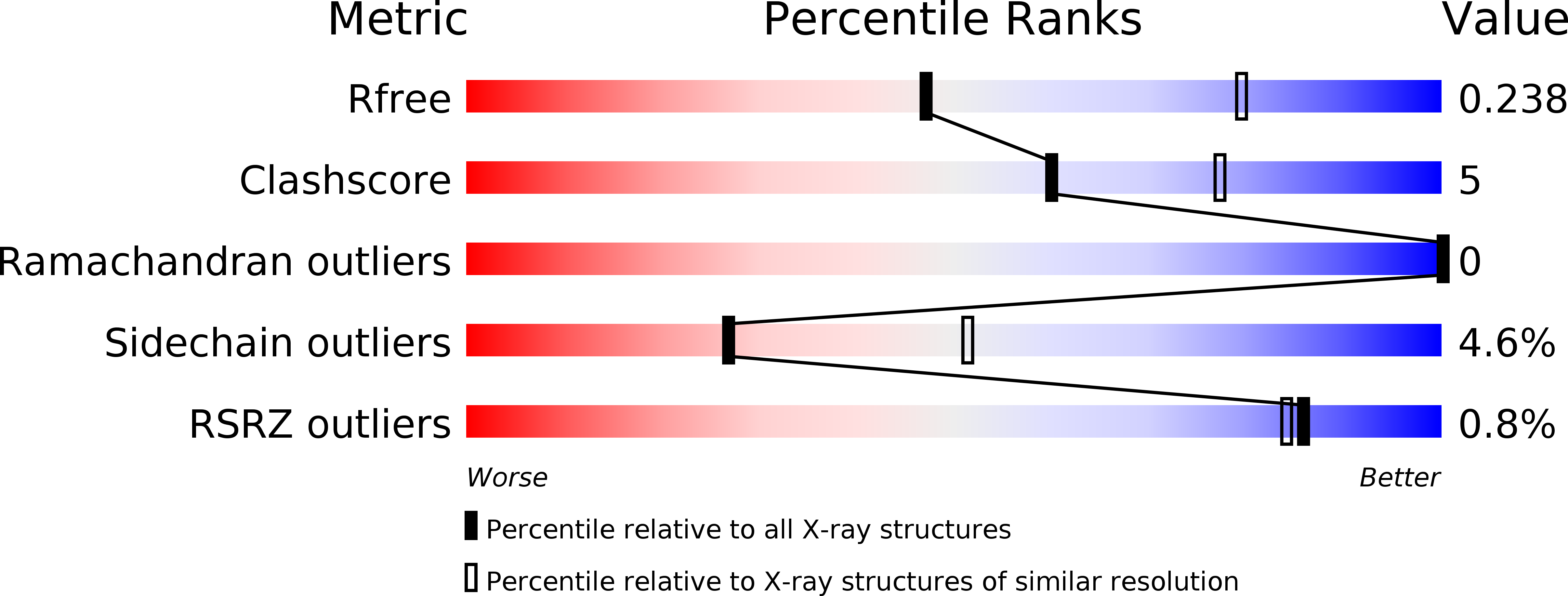
Deposition Date
2016-06-05
Release Date
2016-10-26
Last Version Date
2023-11-08
Method Details:
Experimental Method:
Resolution:
2.60 Å
R-Value Free:
0.23
R-Value Work:
0.18
R-Value Observed:
0.19
Space Group:
I 4 2 2


